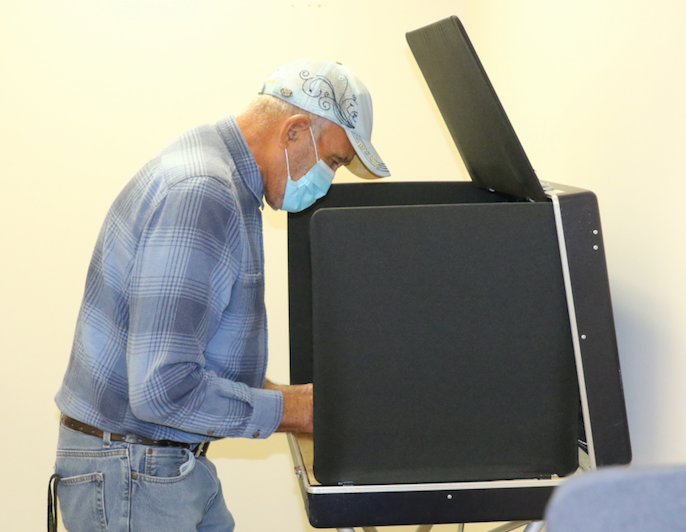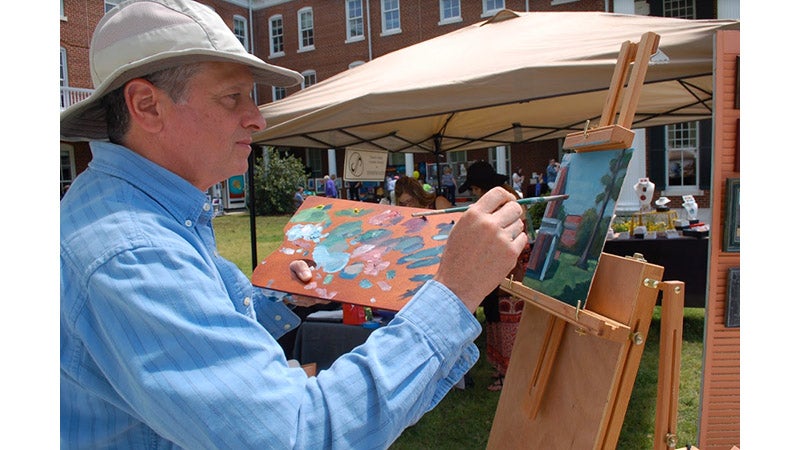Create a yard-to-table edible landscapes
Published 10:49 am Thursday, January 5, 2023
|
Getting your Trinity Audio player ready...
|
For those lacking acreage, an edible landscape can be scaled down, said Virginia Cooperative Extension Master Gardener Alyssa Ford Morel. Her own residential foodscape includes Padrón peppers, fennel, Jerusalem artichoke and an edible passionflower vine that doubles as a privacy screen.
For smaller spaces like patios, she recommends edibles suitable for containers — arugula, cherry tomatoes, hot peppers, kale, leeks and sweet potato.
Growing an edible landscape can be done affordably.
“I encourage you to start small,” Morel advised beginners. “Pick a few plants to try. Don’t try to convert your entire yard.”
Morel considers the design aesthetic, thoughtfully employing elements of color, texture, line, placement and form, by interplanting, trellising and layering edible species.
And those with plenty of acreage may learn from horticulturalist Michael McConkey’s Edible Landscaping.
Working 25 acres of orchard and greenhouses in Nelson County, McConkey grows over 180 exotic and native cultivars that are sold and shipped locally, throughout Virginia and nationwide.
As a promoter of backyard orcharding since 1979, he wants potential growers to know that cultivating their own “foodscape” of edible fruits, herbs, berries, nuts and flowers is within reach.
Since McConkey lives on site, most of his own meals are picked fresh from the backyard pantry.
His team manages pawpaw trees, goumi shrubs, kiwi vines and chinquapin nut bushes by hand with no chemical input. He has attempted to grow hundreds of varieties over the years, and about one-third have performed well in Virginia.
With trial and error, the nursery developed an extensive edible inventory, including desert-loving species like the prickly pear hardy cactus.





